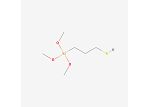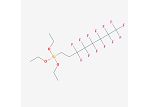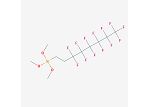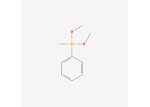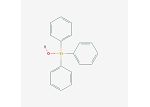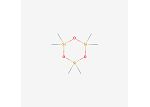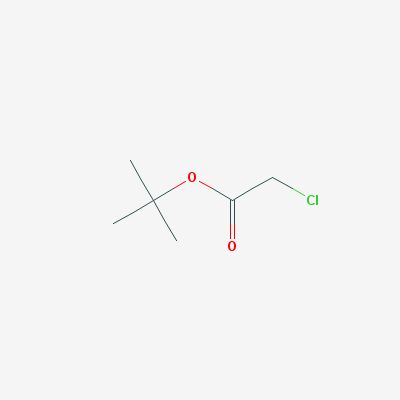


Tert-Butyl Chloroacetate CAS No.:107-59-5
-
Payment


-
Origin
China Mainland
-
Minimum Order
5
-
Packing
Pieces
- Contact Now Start Order
- Description
Product Detail
Name | tert-Butyl chloroacetate | EINECS | 203-506-1 |
CAS No. | 107-59-5 | Density | 1.053 g/cm3 |
Solubility | Melting Point | ||
Formula | C6H11ClO2 | Boiling Point | 157.5 °C at 760 mmHg |
Molecular Weight | 150.62 | Flash Point | 41.4 °C |
Transport Information | UN 2920 8/PG 2 | Appearance | clear colorless to yellow liquid |
Safety | 26-36/37/39-45-61-60-16-7/9 | Risk Codes | 20/21/22-34-50/53-36/37/38-10 |
Molecular Structure |
| Hazard Symbols |
|
Synonyms | Aceticacid, chloro-, 1,1-dimethylethyl ester (9CI);Acetic acid, chloro-, tert-butylester (6CI,7CI,8CI);1,1-Dimethylethyl chloroacetate;Chloroacetic acid1,1-dimethylethyl ester;Chloroacetic acid tert-butyl ester;NSC 87891; |
tert-Butyl chloroacetate Specification
The IUPAC name of this product is tert-butyl 2-chloroacetate . With the CAS registry number 107-59-5, it is also named as Chloroacetic acid tert-butyl ester ; Acetic acid, 2-chloro-, 1,1-dimethylethyl ester ; Acetic acid, chloro-, 1,1-dimethylethyl ester ; Acetic acid, chloro-, tert-butyl ester (8CI).
The tert-Butyl chloroacetate is clear colorless to yellow liquid. The product's categories are API intermediates, C6 to C7, carbonyl compounds and esters. It is used for the condensation of glycidyl esters. It also can be used as the intermediate of medicine, pesticide and dye.
This product is flammable and harmful by inhalation, in contact with skin and if swallowed. It can cause burns. And it is also irritating to eyes, respiratory system and skin. In addition, it is very toxic to aquatic organisms, may cause long-term adverse effects in the aquatic environment. In case of contact with eyes, rinse immediately with plenty of water and seek medical advice. If you want to contact this product, you must wear suitable protective clothing, gloves and eye/face protection. In case of accident or if you feel unwell, seek medical advice immediately (show the label whenever possible.) This material and its container must be disposed of as hazardous waste.
The tert-Butyl chloroacetate can be obtained by the following method. Adding the tert-butyl alcohol to the mixture of chloroacetyl chloride and N, N-dimethyl aniline , the temperature is kept below 30 °C. The reaction product is dumped into the water, then vacuum distillation after washing and drying. Collecting 48-49 °C (1.46kPa) fractions to obtain tert-butyl chloroacetate . The yield is 63% .
The other characteristics of this product can be summarized as: (1)ACD/LogP: 1.64 ; (2)# of Rule of 5 Violations: 0 ; (3)ACD/LogD (pH 5.5): 1.64 ; (4)ACD/LogD (pH 7.4): 1.64 ; (5)ACD/BCF (pH 5.5): 10.32 ; (6)ACD/BCF (pH 7.4): 10.32 ; (7)ACD/KOC (pH 5.5): 185.06 ; (8)ACD/KOC (pH 7.4): 185.06 ; (9)#H bond acceptors: 2 ; (10)#H bond donors: 0 ; (11)#Freely Rotating Bonds: 3 ; (12)Index of Refraction: 1.425 ; (13)Molar Refractivity: 36.43 cm3 ; (14)Molar Volume: 142.4 cm3 ; (15)Polarizability: 14.44×10-24 cm3 ; (16)Surface Tension: 28.4 dyne/cm ; (17)Enthalpy of Vaporization: 39.41 kJ/mol ; (18)Vapour Pressure: 2.75 mmHg at 25°C ; (19)Rotatable Bond Count: 3 ; (20)Exact Mass: 150.044757 ; (21)MonoIsotopic Mass: 150.044757 ; (22)Topological Polar Surface Area: 26.3 ; (23)Heavy Atom Count: 9. People can use the following data to convert to the molecule structure. SMILES: ClCC(=O)OC(C)(C)C; InChI: InChI=1/C6H11ClO2/c1-6(2,3)9-5(8)4-7/h4H2,1-3H3.
The following is the toxicity data which has been tested.
Organism | Test Type | Route | Reported Dose (Normalized Dose) | Effect | Source |
rat | LC50 | inhalation | 4738mg/m3/4H (4738mg/m3) | SENSE ORGANS AND SPECIAL SENSES: OTHER CHANGES: OLFACTION | International Journal of Toxicology. Vol. 19, Pg. 333, 2000. |
rat | LD50 | oral | 380mg/kg (380mg/kg) | SENSE ORGANS AND SPECIAL SENSES: OTHER CHANGES: OLFACTION | International Journal of Toxicology. Vol. 19, Pg. 333, 2000. |
rat | LD50 | skin | 1414mg/kg (1414mg/kg) | LUNGS, THORAX, OR RESPIRATION: OTHER CHANGES | International Journal of Toxicology. Vol. 19, Pg. 333, 2000. |
- 2-Bromo-2-methylpropionic Acid CAS No.:2052-01-9 5 Pieces / (Min. Order)
- 2-Bromobutyric Acid CAS No.:80-58-0 5 Pieces / (Min. Order)
- Ethyl 2-bromopropionate CAS No.:535-11-5 5 Pieces / (Min. Order)
- Methyl 2-bromopropionate CAS No.:5445-17-0 5 Pieces / (Min. Order)
- DL-2-Bromopropionic CAS No.:598-72-1 5 Pieces / (Min. Order)
- Methyl Bromoacetate CAS No.:96-32-2 5 Pieces / (Min. Order)
- 1-Bromooctadecane CAS No.:112-89-0 5 Pieces / (Min. Order)
- 1-Bromododecane CAS No.:143-15-7 5 Pieces / (Min. Order)
- 1-Bromo Octane CAS No.:111-83-1 5 Pieces / (Min. Order)


 Xn,
Xn, N
N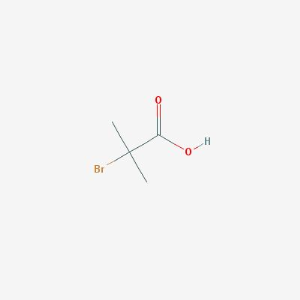
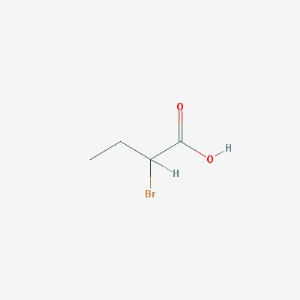
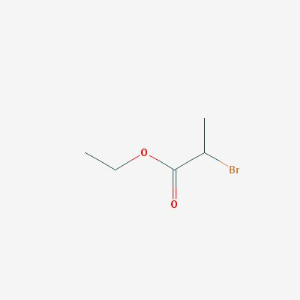
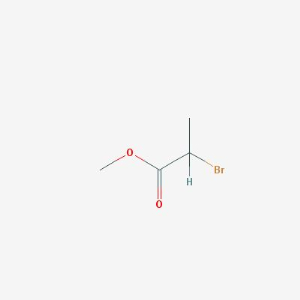
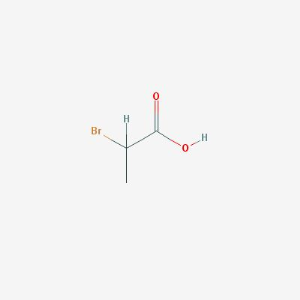


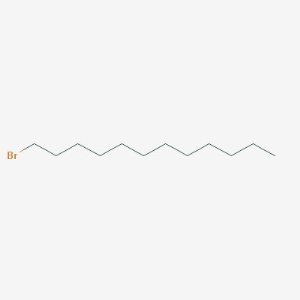
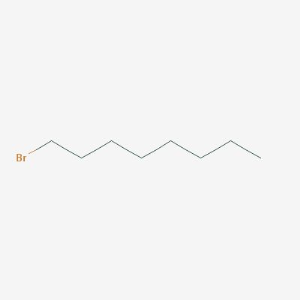
 Favorites
Favorites


